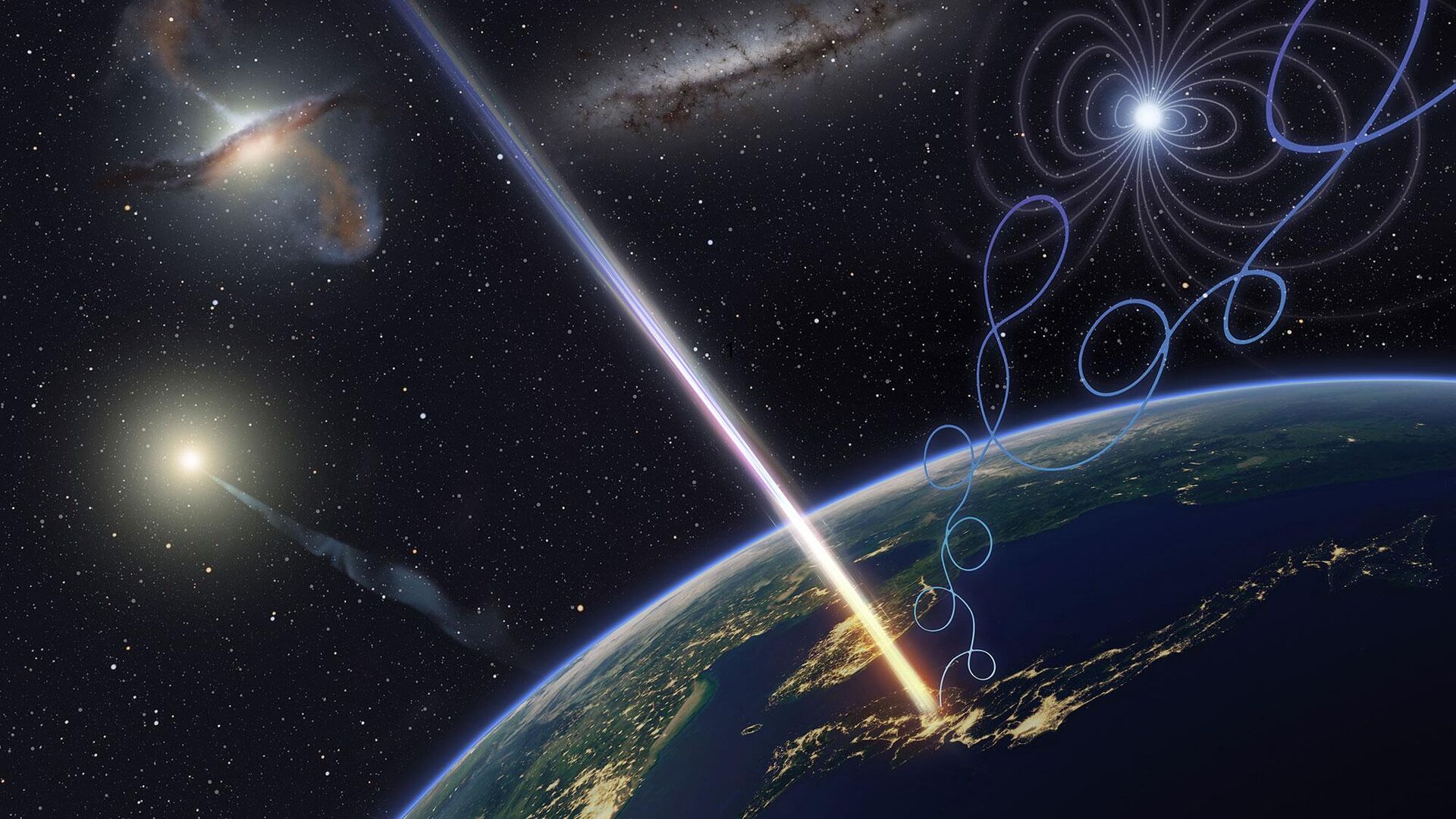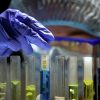
MOSCOW, November 24The inexplicably powerful cosmic ray, which scientists of the Telescope Array project were able to detect, will give researchers a reason to clarify existing theories; there is no need to be afraid of such events, said Nathan Eismont, a leading researcher at the Institute of Space Research (IKI) of the Russian Academy of Sciences.
Earlier, the University of Utah reported that an international collaboration of scientists from the Telescope Array project had discovered the second most powerful cosmic ray ever observed, surpassed only by the record holder discovered in 1991. Scientists believe that nothing in the Galaxy could have generated such a flow.
«Everyone was somehow alarmed, one might say panicked. But, of course, there is no need to panic. On the contrary, you need to rejoice, because when something arises «something unusual, unexpected, inexplicable, then this actually makes it possible to somehow advance in our understanding, interpretation, perception of the world around us. That is, for our theorists this is simply, one might say, happiness,» Eismont said.
He clarified that such events, inexplicable from the point of view of existing theories, usually lead to at least their clarification, and maybe even a complete revision. In addition, the scientist does not doubt the reliability of the experiment, during which a super-powerful beam was discovered, and the results obtained, according to him, are reliable and are neither an error nor an error.
Eismont drew attention to the fact that the discovery of such an inexplicable beam of power fits “into the picture of the discovery of objects whose dimensions exceed everything hitherto assumed.” He recalled that supermassive black holes of a mass “that until now seemed unimaginable” have been discovered.
In addition, with the help of the American James Webb telescope, galaxies were found that had the “wrong” age or size, the scientist recalled.
«That is, they should actually be young, they have the appropriate characteristics. But they, being somehow too close to the point of the big bang, were formed in such a way that they already look mature. And no one can explain this,» — said a leading researcher at IKI.
























































Свежие комментарии